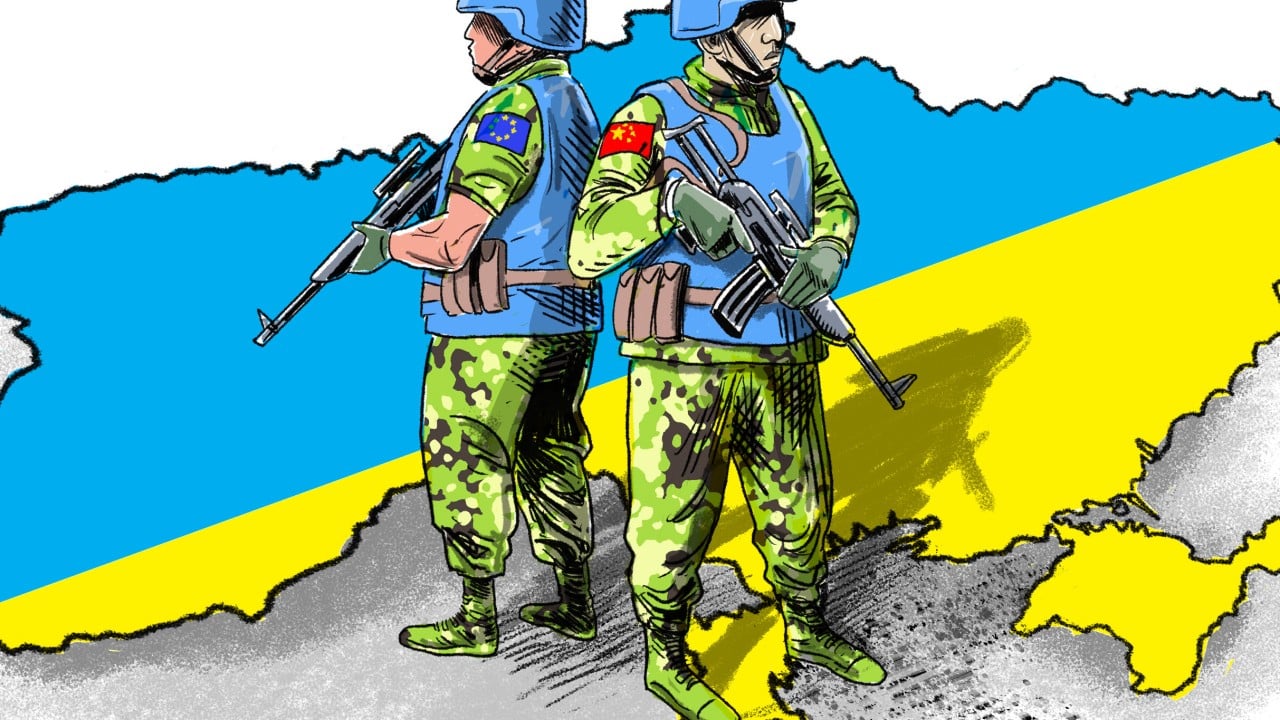Even if the dust hasn’t settled, the fog over the Ukraine war is not as thick as it once was. Russia is close to regaining full control of the western region of Kursk and, according to its own estimates, controls nearly all of Luhansk and more than 70 per cent of the Donetsk, Zaporizhzhia and Kherson regions.
Advertisement
This is why Russian President Vladimir Putin is not in a hurry to accept a ceasefire agreement. He needs to buy more time to completely win on the battlefield. Then he could look to “solve the root causes” of the war.
Russia’s gains merely amount to a Pyrrhic victory. The UN General Assembly has condemned the invasion of Ukraine. Few governments, among them North Korea and Syria’s previous leadership, have expressed support for Russia’s annexation. And a country that needs Iranian weapons and North Korean soldiers doesn’t give the impression of a military superpower. Russia’s arms exports fell by 47 per cent in 2024 compared to 2022 when Moscow launched the war.
However, Ukraine is a complete loser. Ukrainian President Volodymyr Zelensky, a former comedian, will ironically go down in history as a tragic figure. Of course, Ukraine will never recognise the annexation, and the four regions under Russian occupation may become the Kremlin’s Achilles’ heel in decades to come. Nonetheless, Kyiv will have to accept Russia’s occupation in practice.
Even if Ukraine joins the European Union before 2030, as European Commission President Ursula von der Leyen has suggested, its Nato membership ambitions look doomed. Moreover, some researchers say that fewer than half of the 6.8 million Ukrainian refugees plan to return home when the war ends.
Advertisement
Europe is another loser, but it is hard to tell whether its failure is more because of Russia or the United States. After US Vice-President J.D. Vance’s speech at the Munich Security Conference, where he launched a blistering attack on European leaders, a disillusioned Europe is keen to spend more on defence.

